Meet Your Creator: Jake Thompson Of 'Jake Likes Onions'
by Caleb GoellnerJake Thompson makes sad comics that I am happy to read. His ongoing strip, Jake Likes Onions, launched here on GoComics just last month, but from the first strip I began to wonder just how broken I must be to take joy from his unnamed character's frequent sorrows. But that's a question for my therapist. When it came time to reach out to Jake, I decided to spare him my maniacal melancholy and stick to asking about his technique, his intent, and most importantly, his feelings.
Read on to see if Jake not only likes onions, but also... questions.
GoComics: You've been posting Jake Likes Onions comics on Instagram since 2014. Is JLO your first ongoing comic effort?
Jake Thompson: Yes.
Technically I ran a monthly comic called The Trickster back in middle school, but my audience was restricted to approximately three people. So yeah, Jake Likes Onions is my first publicly available comic.
GC: What's your art background and how has it shaped your choice to create comics?
JT: I don't have any formal art education, but I drew political cartoons for my college newspaper. That introduced me to the medium.
GC: I just want you to know, I'm not going to ask you if you actually like onions, or what the story is behind the name of the comic. Not just because you said it was the first thing you could think of on a whim in another interview, but because I trust you. I believe in you.
JT: Good call. There's not much to say about the name. But it's a random and weird name, which suits the randomness and weirdness of the comic. For awhile, I resented the title for its lack of clarity, but I've grown to like it.
GC: Tell me about your creative process. How do you take an idea and turn it into a finished comic?
JT: Thumbnails. Millions and millions of thumbnails. I fill notebooks and big sketchpads with tiny, terribly drawn comics. Then I take the best ones and turn them into bigger, slightly-less-terribly drawn comics.
GC: Like a lot of cartoonists, you have a day job. How does your civilian life inform your cartooning?
JT: I am a cog. Being a cog entitles me to health insurance and a salary, but I experience all the negative feelings that come with being a cog: self-hatred, disillusionment, depression. I channel those feelings into my comics.
GC: Your comics tend to blend simple characters with heavily rendered props and background elements - not unlike many animated cartoons. What do you like about this approach and how do you think it serves your vision?
JT: I enjoy the visual tension that you just described. Crudely rendered faces, simply drawn hands, set against lush, detailed backgrounds. That contrast really holds my eye.
GC: Some artists find the "Instagram square" limiting, while you seem to embrace the format. What do you like about the canvas and filling it with four panels?
JT: At this point it's just how my brain times out jokes. Kinda like how most rock bands default to 4/4 time. 4 panels is a deeply seeded comfort zone for me. I know how to structure the dialogue, build the visual beats, all that stuff.
And yes, I'm pretty fond of the spatial limitations that Instagram creates. If I don't have limits, my imagination tends to sprawl, and I can't commit to anything. Limited possibilities open things up for me.
GC: Black and white comics are a purely stylistic choice in an era of digital publishing. Have you considered adding color to your work, or is black and white a crucial element to your aesthetic at this point?
JT: Jake Likes Onions has a sadness at its core. It's bleak. Hence the lack of color.
GC: What do you make of your engagement rates on social media? Do you use performance data to shape your content or do you think that's art-killing BS? This is absolutely a loaded question.
JT: I always check the performance metrics of my comics, but no. I don't let data inform my writing. I make what I feel like making, and if it blows up online, that's flattering and gratifying. But results aren't the point.
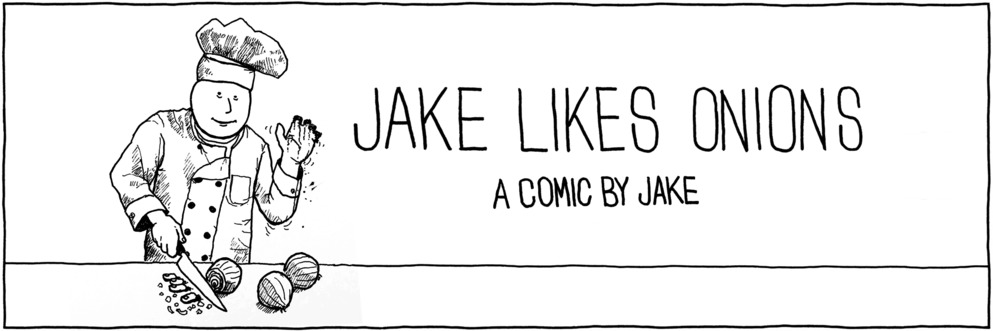
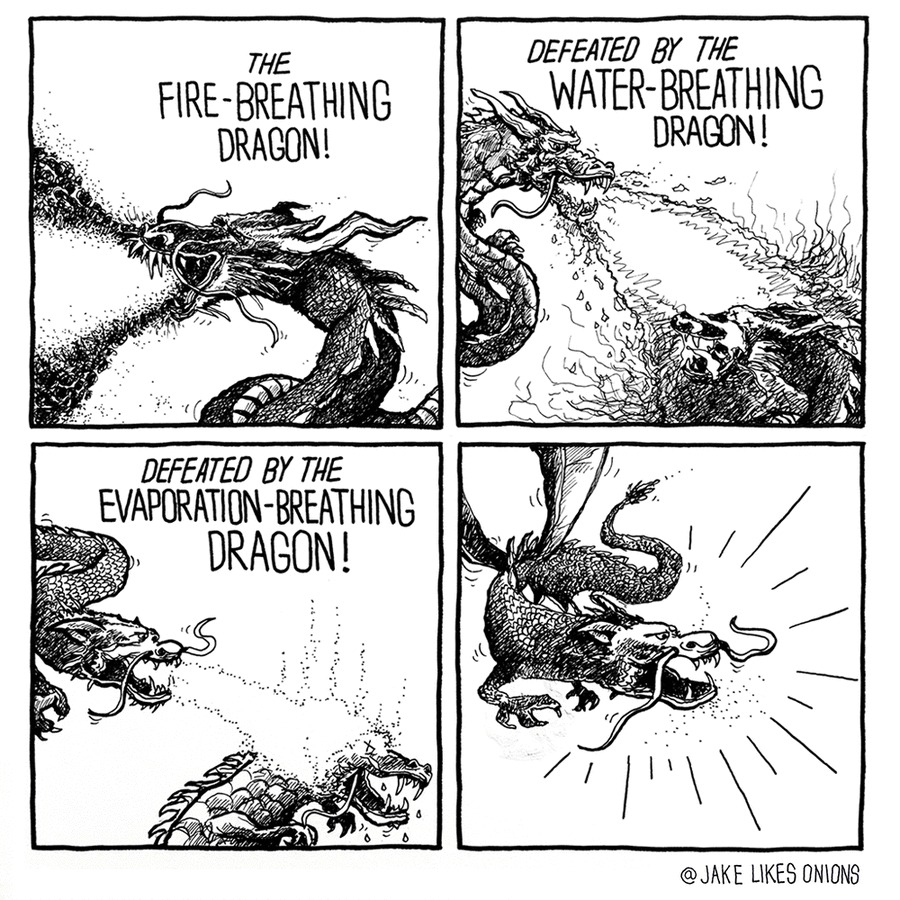

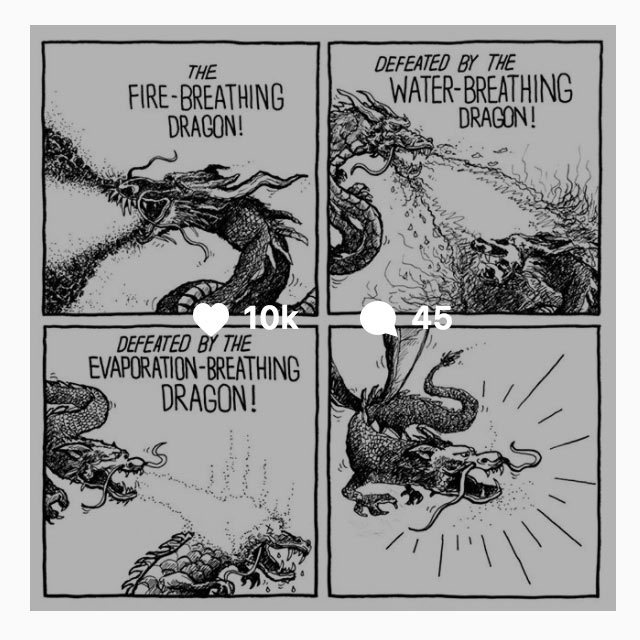



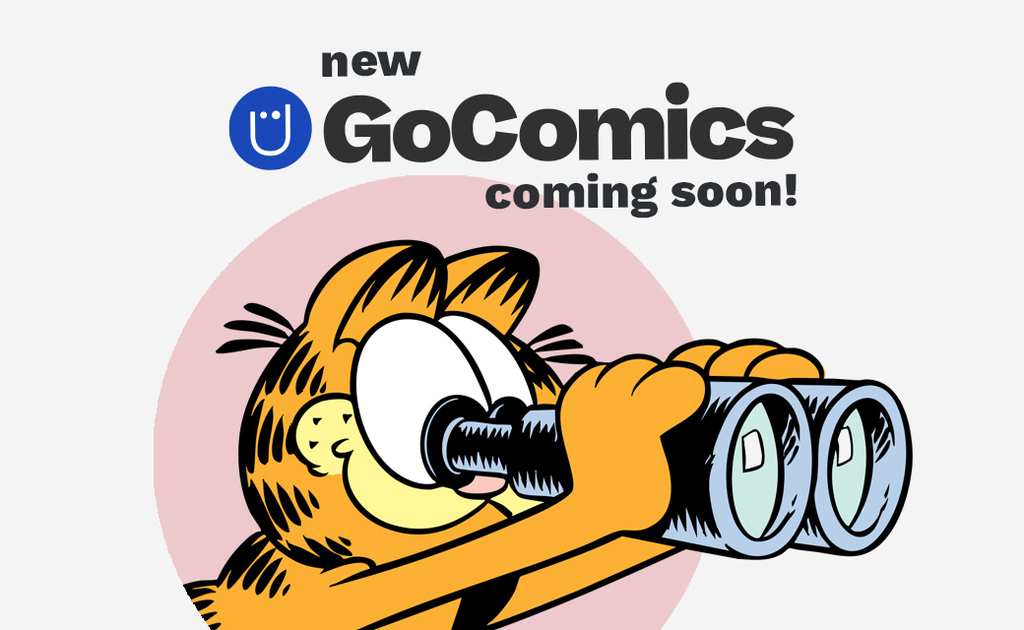
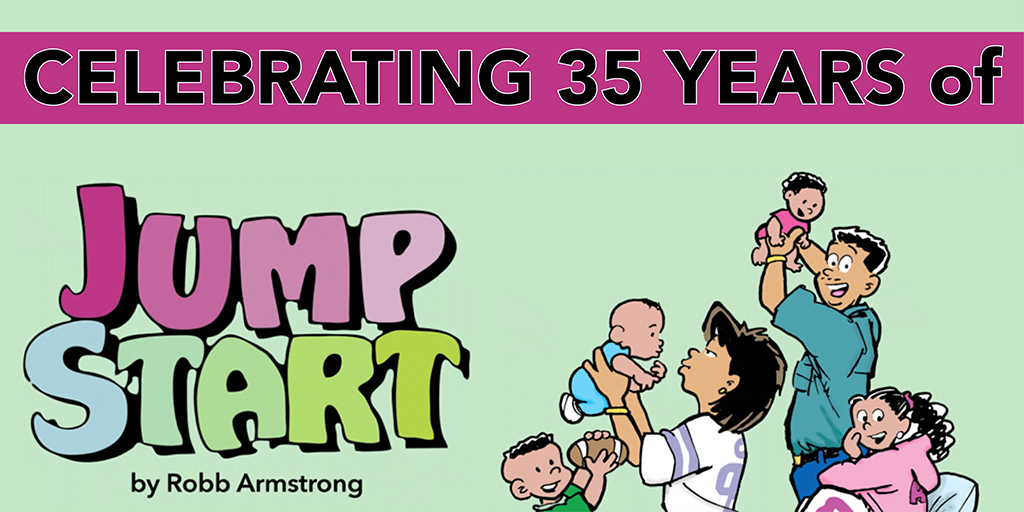

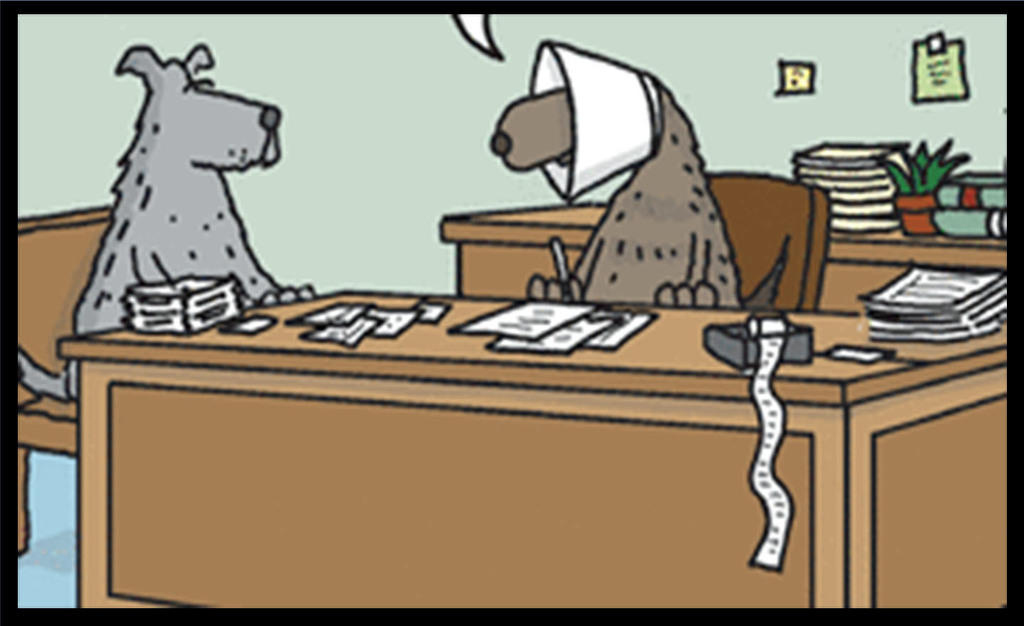
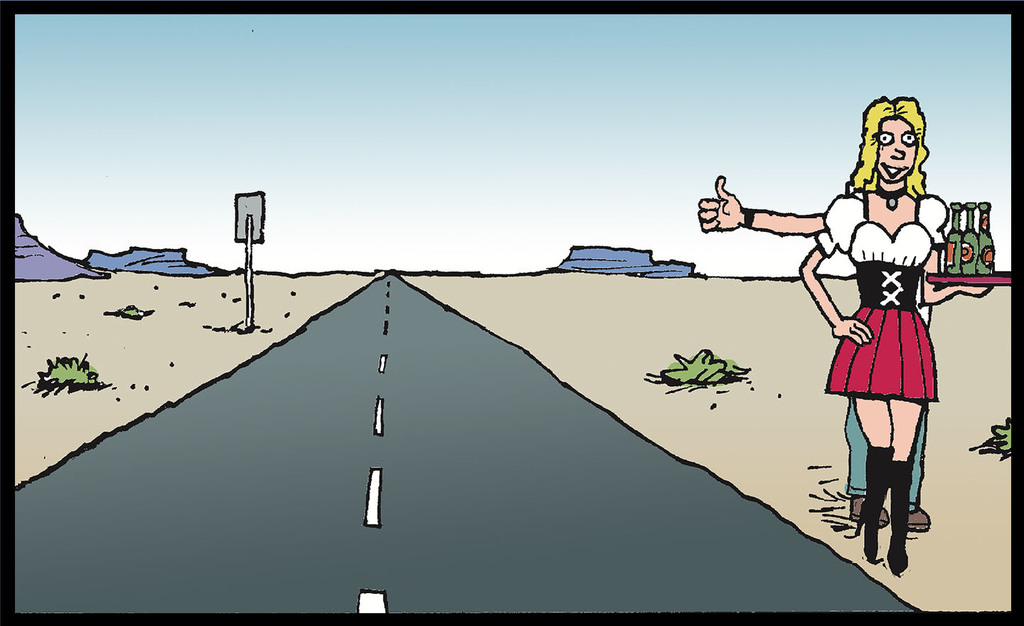
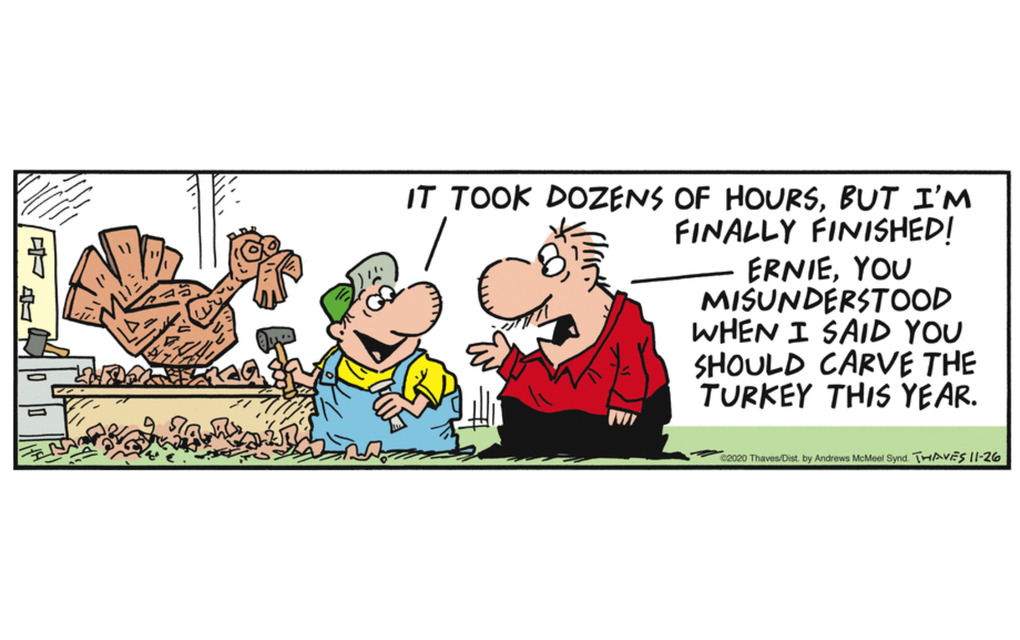


Comments
Featured Comment
Comment Policy
Sign in to comment